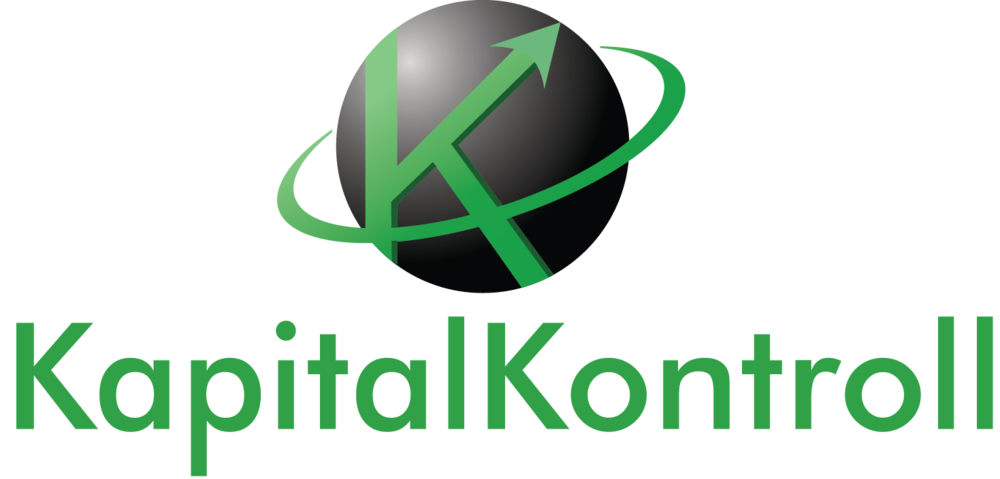The Fintech revolution in the debt collection industry
The debt collection industry is in the midst of a technological shift. Traditional, cumbersome processes with manual follow-up and high fees are being replaced by smart, digital solutions. This is the fintech revolution in debt collection, and it is changing how Norwegian businesses handle outstanding claims faster, cheaper and more customer-friendly.
What is fintech and how does it affect debt collection?
Fintech, an abbreviation for “financial technology”, refers to digital solutions that streamline financial services. In the context of debt collection, this means everything from automatic payment reminders via SMS, to AI-based credit assessment, e-signing, and real-time payments with integrated links. Figures from Finanstilsynet for 2024 show that the number of new debt collection cases against consumers increased by 12.8% compared to the previous year. The total number of cases under processing exceeded 6.5 million, of which over 89% were against consumers. Almost 4 out of 10 claims were for less than NOK 500, and over 70% were for less than NOK 2,500. The number of cases related to consumer loans increased by over 15%. This occurred in an economic situation where the key interest rate has been stably high since December 2023, while it is now on the decline.
5 ways fintech is revolutionizing the debt collection industry:
1. Automated payment follow-up
Modern fintech platforms automatically send reminders and payment links via SMS and email, allowing businesses to reduce manual work and get payments faster.
2. Cloud-based debt collection systems
Instead of heavy, proprietary solutions, several players are now using cloud-based debt collection tools that can be integrated directly with the financial system (e.g. Tripletex, PowerOffice, Visma).
3. Customer-friendly debt collection
With self-collection solutions, companies can collect claims themselves without fees or third parties. This provides more control and a better customer experience, without damaging the customer relationship.
4. Real-time insights and reporting
Fintech solutions provide live overview of payment status, allowing businesses to quickly identify risk and adjust follow-up.
5. Lower costs and higher profitability
By avoiding traditional debt collection companies' commissions and fees, margins increase and losses are reduced.
Debt collection with fintech: Effective follow-up without losing the customer
Self-service debt collection is a key part of the fintech revolution in the debt collection industry. The solution is particularly well-suited for SMEs, subscription services, online stores and B2B providers who want to maintain control while improving the customer experience. By automating the follow-up process internally, businesses achieve faster payments, higher collection rates and reduced costs, without damaging customer relationships.
Do you want to take control of outstanding claims?
Talk to us about how debt collection and smart technology can strengthen your liquidity.

